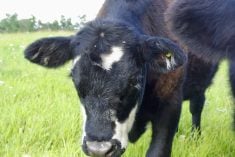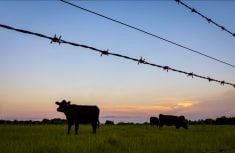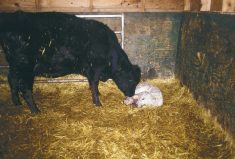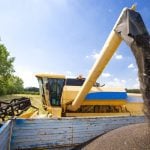I graduated from the Western College of Veterinary Medicine 50 years ago. At the time, large animal practice on the Western Canadian Prairies was everything I wanted to do. In about 10 years and after nearly 500,000 miles up and down prairie roads, sore shoulders, a bad back, chronic lack of sleep plus being a negligent dad to three young boys, I had had enough.
Since the day I left rural veterinary practice, I have served on several committees, helped author several strategy documents and addressed many questions on how we can stabilize the service levels offered from rural locations. The veterinarian numbers and service demands have varied from nearly critical shortages to a more stable and balanced influx and outflow of trained professionals, a change that happens every 10 years or so. Yet the profession has never been able to anticipate requirements or massage how vet colleges should respond.
Read Also
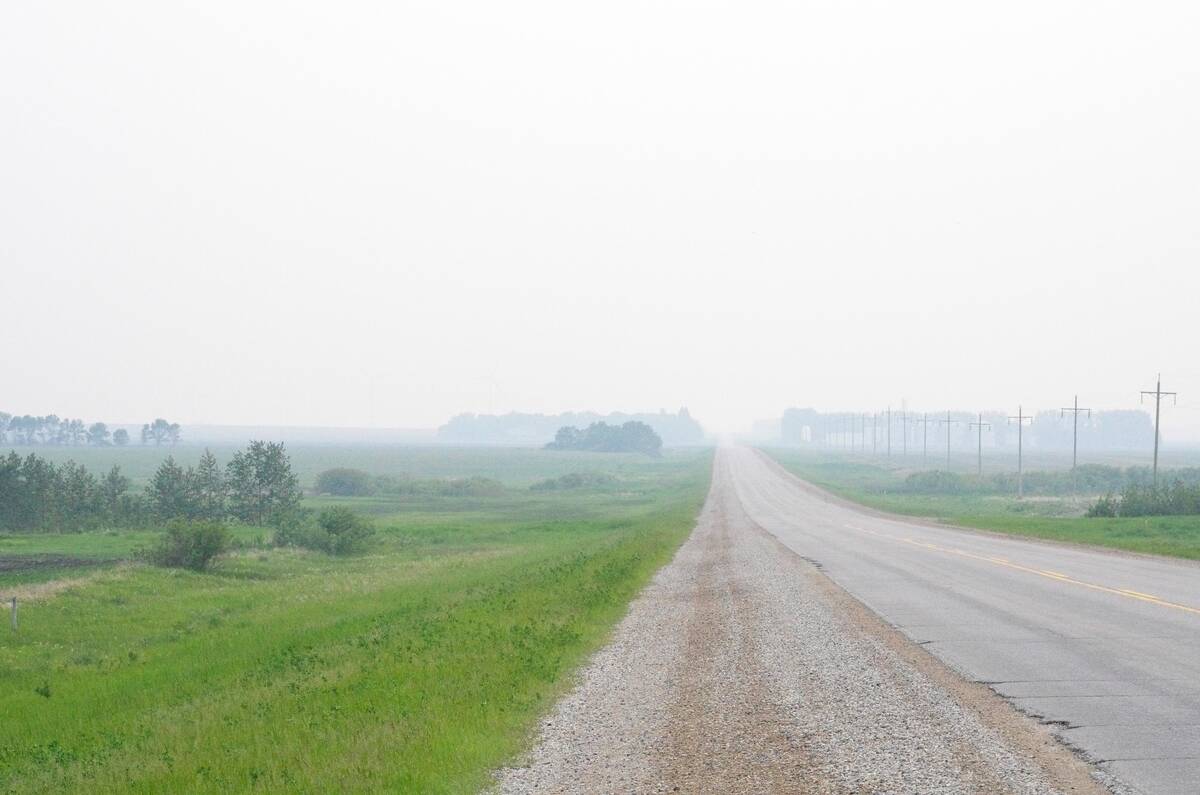
Effect of wildfire smoke on respiratory health in beef cattle
Of all domesticated species, cattle have the smallest relative lung capacity, making them particularly vulnerable to wildfire smoke.
I graduated into what I call the dystocia era, a mismatch of European bovine genetics and Canadian heifer size. Replacement heifers over the last 100 years were never meant to give birth to calves over 120 pounds. Clinics were built on doing C-sections and new veterinary grads cut their teeth on overwhelming obstetrical loads in rural practices.
In time, things changed. Bull selection eliminated the “hard calvers.” Reproductive management in beef herds became dedicated to overall calving percentage and synchronized breeding programs. In many practices, dystocias all but disappeared, meaning time could be dedicated to bull evaluations, embryo transfer, data management and programmed herd health. Blocks of time could be set aside for things ranging from foreign animal disease training to responsible use of antimicrobials. Training in vet schools shifted to reflect these needs. A high percentage of female graduates required re-examination of workloads following graduation, yielding to time for young moms and dads to nurture families.
The shift created a void in the desire and ability of graduates to consider entry into rural practices. There is a natural tendency to shy away from rural areas in favour of small animal practices in cities. It’s easier to manage caseloads, time off and handle important responsibilities such as children’s extracurricular activities.
The supply and demand equation for veterinarians had always been unsteady, reflecting the disparity in workloads and service needs that exists across the U.S. and Canada. It starts with the assumption that large animal veterinarians, food animal veterinarians, food supply veterinarians and veterinarians going into rural practice are all the same. There is no unanimous definition of rural veterinary medicine by vet students or practicing vets. In a study published in the “Online Journal of Rural Research and Policy” (Shortage of Rural Veterinarians: Real or Perceived?) only 33.2 per cent of respondents considered large animal veterinary services inherent to regional veterinary practice. Only 11 per cent considered food animals a fundamental component. Studies focused solely on food animal veterinarians should not be used to determine the magnitude of the rural veterinarian shortage or the solution.
Addressing the shortage of rural veterinarians requires examination of:
- WHO is most likely to develop an interest in rural veterinary practice?
- WHEN is interest developed?
- WHAT factors are most influential in choosing a career in rural veterinary practice?
- WHY do practitioners leave?
Among the approximate 3,400 Canadian veterinary practices, 11 per cent devote themselves to large animals, 62 per cent to small animals and 27 per cent to both (CVMA). As well, the business model has changed markedly. Over the past 25 years, large corporate hospitals have been created for both large and companion animals. Then emergency and referral clinics were built. In the words of Jean Gauvin (President’s Message, CVJ, Vol 556, March 2015) the privately owned independent clinic will soon be the exception to co-operative models and franchises.
We generally assume that interest in veterinary medicine develops at an early age, aiming efforts to increase interest at grade school and high school students. Many veterinarians indicate interest in rural practice happens during vet college and that exposure to rural practice in vet school plays an important part in their choice to pursue rural practice — an important implication for vet education and curriculum planning. Youth programs, such as 4-H, were not important factors in encouraging participation in rural practice following graduation.
Improving recruitment into rural practices starts with improving their general understanding of agriculture. A serious knowledge deficit exists when less than five per cent — some suggest as low as two per cent — of students entering college come from ag backgrounds. To encourage interest, vet schools should provide positive exposure to rural practice, farm animals and agriculture activities early in the curriculum. Involvement with projects at university farms, partnerships with local rural veterinarians, participation in local expositions highlighting animal agriculture and coursework in animal science are ways forward.
Factors influencing entering and leaving rural veterinary practices include:
- Ongoing fulfillment of personal and professional needs.
- Recognition that priorities change over time.
- Professional mentorship by practice owners.
- Practice atmosphere and location are important, along with caseload, quality of facility and equipment, and potential of practice ownership.
- An understanding from employers why and when priorities change.
- Flexibility to schedule work hours and time off to attend family activities.
Veterinary schools, veterinarians and mentors should never stop conveying to students that opportunities with a veterinary education remain limitless. Careers are only restrained by an individual’s imagination.
— Dr. Ron Clarke prepares this column on behalf of the Western Canadian Association of Bovine Practitioners. Suggestions for future articles can be sent to Canadian Cattlemen or the WCABP.







